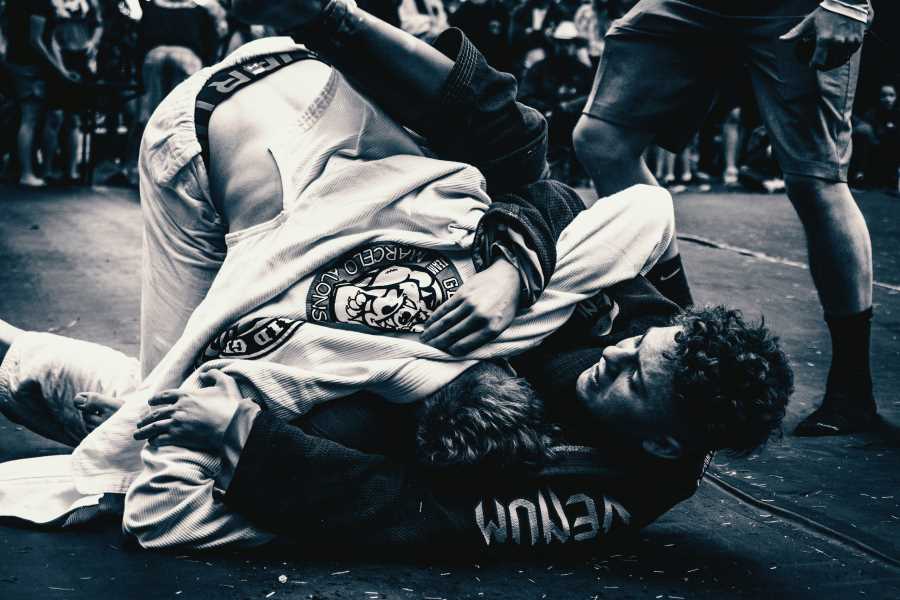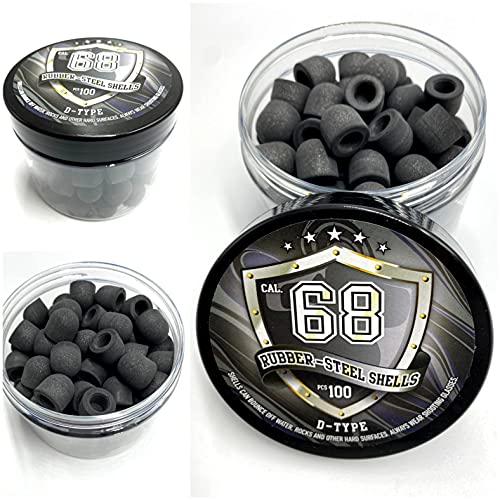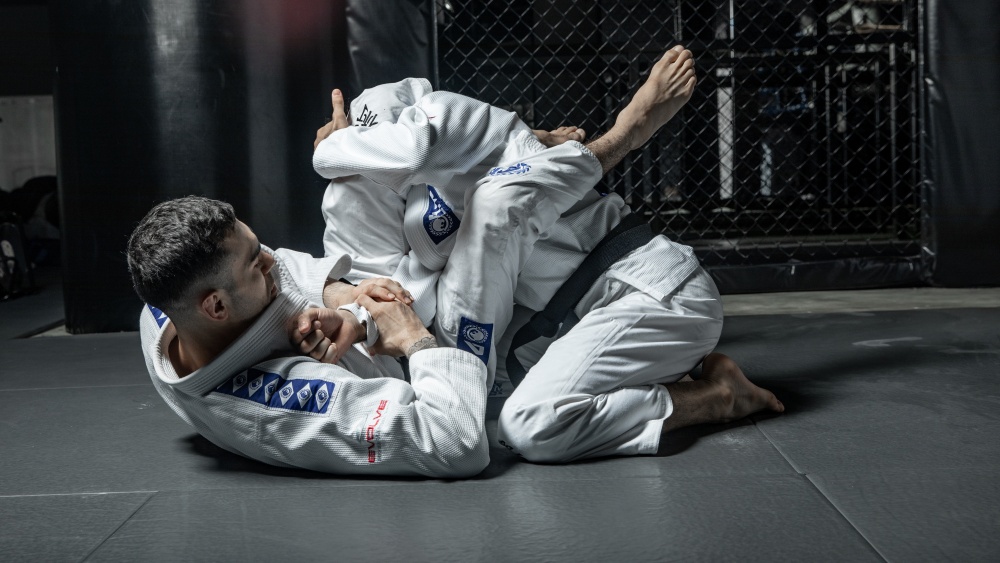
A personal fall arrest system consists of several components. These components include Connectors. Body harness. and the fall arrest apparatus. A personal fall arrest system is made up of several components that work together to ensure safety. They also need to be designed to prevent injuries in the event of a fall.
Connectors
Connectors can be flexible, adjustable pieces found in personal fall arrest systems. These can be connected to an anchorage device or a safety harness. The length of the connectors is also adjustable. The connectors should not exceed 2 meters in length.

Workers who work in high places need connectors. They link the worker's full-body harness to the secure anchorage point. Connectors can be shock-absorbing lanyards, self-retracting lifelines or simple lanyards. The specific requirements of the worker dictate which type of connector is used.
Body harness
A body harness is a vital part of a personal fall arrest system. You should make sure the harness is tight around your waist. It shouldn't be too loose or it could cause severe injuries during a fall. The body harness should be in excellent condition, and it must not show signs wear. There may be a D-ring at the back of the harness for fall arrest. It could also have several other locations for positioning and restraint. The connecting device should be a lanyard or D-ring on the back to provide secure connections between the body harnesses and anchor points.
An anchorage point and a body harness make up a personal fall arrest system. An anchor is a point that connects a worker's safety helmet to a supporting structure. Anchorage points should be able to withstand a maximum of 5,000 pounds. The essential components of a personal Fall Arrest System's connective means include a lifeline or lanyard.
Shock-absorbing lanyard
Shock-absorbing belts are an important part of personal fall arrest systems. They are usually made from webbing and designed to reduce impact forces. The lanyards can be attached to an anchorage or horizontal lifeline. In general, a shock-absorbing lanyard should be chosen for any worker who has a risk of falling more than one story.

There are many parts to a PFAS. The shock-absorbing belt is the first. This lanyard reduces the fall-arresting force by 60 to 80 percent. Other parts of the system include the harness and connecting devices. The connections can be made of energy-absorbing lifelines, self retracting lifelines, rope grabs or retrieval devices.
FAQ
Can I legally possess a stungun?
Yes. You will need to apply for a permit in your state.
Fill out the application form and pay the fee to apply for a permit.
After you have received your permit, keep it in plain sight (like your wallet).
If your permit is lost, you will have to start the process over again.
What can I do to learn self-defense at my home?
If you are looking for a way to improve your self-defense skills, there are many ways to do this. Martial arts is a great place to start. Martial Arts teach you how not to use weapons. They build confidence and improve fitness. Most schools offer classes online, so you don't need to be present at a class. It is important to choose the type of martial art that you are interested in learning. Do you want to learn Kung Fu? Or perhaps Karate? Although these two styles may be very different, they are both excellent. The main difference is in the style of fighting they use. Kung fu, on the other hand, is focused on grappling techniques and kicking. Karate, however, focuses on striking techniques.
It is important to check whether they offer multiple forms of instruction when selecting a school. This refers the many martial arts styles that can be taught within one school. Some schools teach only one type of martial art, such as Tai Chi. Others may offer instruction for several types of martial arts. It doesn't matter what martial art you choose, you should make sure that the school you choose is accredited. Ask around to find out if any of your contacts have studied there. Talk to someone who teaches at the school if you can.
How much does a stun gun cost?
A stun gun's price can vary depending on its model.
Most models include two batteries. They last approximately three months.
Statistics
- Kung Fu alone has 400 unique martial art styles – and whilst you likely won't be able to find a school for each form, many other martial arts are completely different altogether. (budodragon.com)
- The Rape, Abuse & Incest National Network reports that 70 percent of sexual violence cases aren't committed by random strangers in a dark alley but by people we know: friends, family, partners, co-workers, etc. (healthline.com)
- Boxers aren't allowed to fight in a clinch, which is a position that occurs in 80% of the streetfights. (mmaclan.com)
- Verbal harassment was the most common form, but 51 percent of women said they were touched or groped in an unwelcome way, while 27 percent of women survived sexual assault. (healthline.com)
External Links
How To
How to use Kubotans for self-defense
Kubotan is small sticks used as weapons by Okinawan martial arts masters. They were originally made of bamboo but have since been replaced by metals and plastic.
They usually measure around 5cm lengthwise and 2cm widthwise.
The Kubotan was designed to strike at the opponent's eyes. It can also strike other body parts such elbows, knees, and wrists.
Kubotan is popular among women for their light weight, portability, and concealability.
Knowing where to place your Kubotan to strike the correct spot is essential to be able to effectively use it.
You must also practice with the Kubotan before going out to accurately hit the right spots.
These steps will show you how to use the Kubotan for self-defense.
-
Face the attacker
-
Hold the Kubotan tightly between your index and thumb.
-
Hold the Kubotan in your right hand.
-
Swing the Kubotan toward the attacker's forehead.
-
Attack the attacker with a fist.
-
As the Kubotan strikes the target, you should be able see its impact.
-
Continue to swing the Kubotan till you hear a "thwack".
-
Lower the Kubotan then take a step back.
-
You can continue fighting by repeating Steps 1-7.